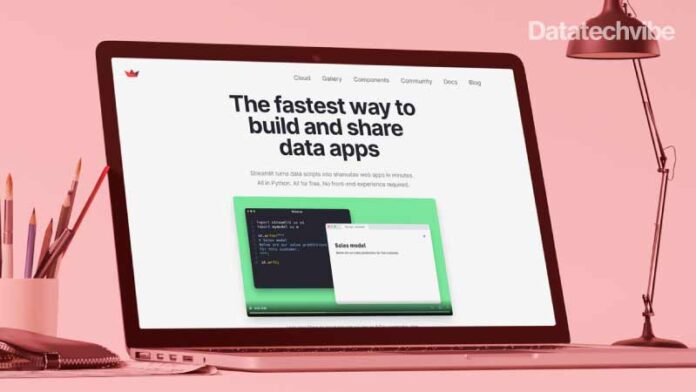Streamlit, the creators of an app framework for machine learning and data science, is offering Streamlit 1.0, adding improvements and customisation options that allow data scientists to go from data and models to deploying apps.
Streamlit is an easy-to-use framework that lets data scientists quickly build web apps to access and explore machine learning models, advanced algorithms, and complex data types.
These apps are used for everything from advanced analytics dashboards to sales and marketing tools based off of the latest predictive algorithms.
Streamlit’s unique workflow is faster than other alternatives, making it possible for data scientists to go from idea to deployed app in only a few hours, according to the vendor.
“Streamlit shows the incredible power of community-driven software to disrupt industries,” said Adrien Treuille, co-founder and CEO of Streamlit. “Declaring 1.0 is a major achievement for Streamilt’s incredible development team and community. And we’re just getting started. What we’ve done in the past two years is nothing compared to what’s coming next!”
Also Read: Top 5 Trends In Data And Analytics
Streamlit 1.0 adds capabilities such as:
- Improvements to app speed and responsiveness: Improvements to caching, switching to Apache Arrow for serialisation and memory management updates have resulted in major gains for speed and responsiveness
- Customisation with app layout primitives and theming: Columns, sidebar, wide mode, expanders, dark mode and customisable themes mean that users can now lay out their apps and match it to their ideal style of company brand
- Ability to create complex apps by adding statefulness: With the addition of Session State and forms, users can now choose when their app re-runs and it lets users do complex things like pagination, annotation or even creating games
- An amazing ecosystem of components and integrations: Users can extend their apps even further by writing their own components or use ones from the community including integrations, more libraries like SpaCy, HiPlot, Folium and Observable and new functionality like sending and receiving video or drawing on a canvas









